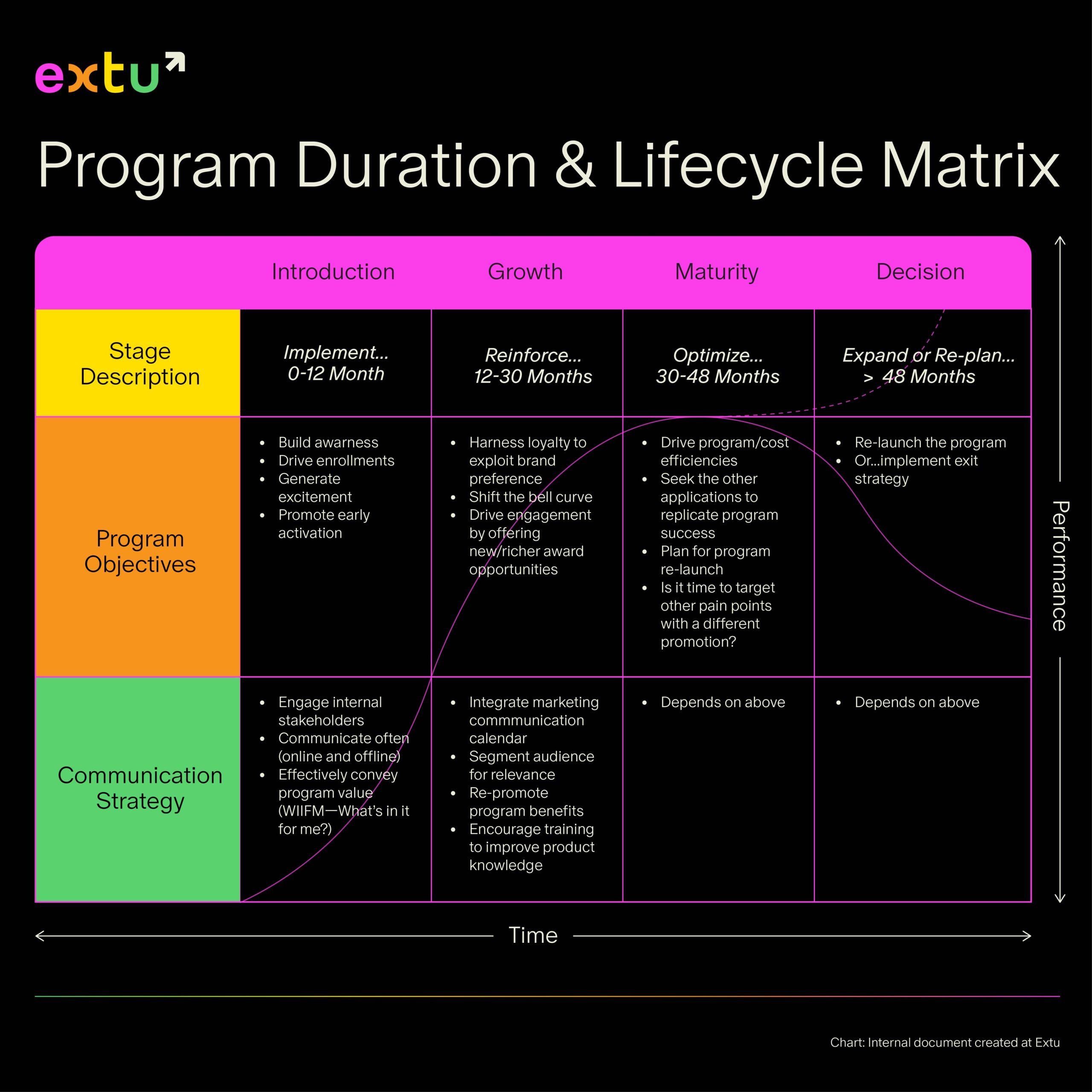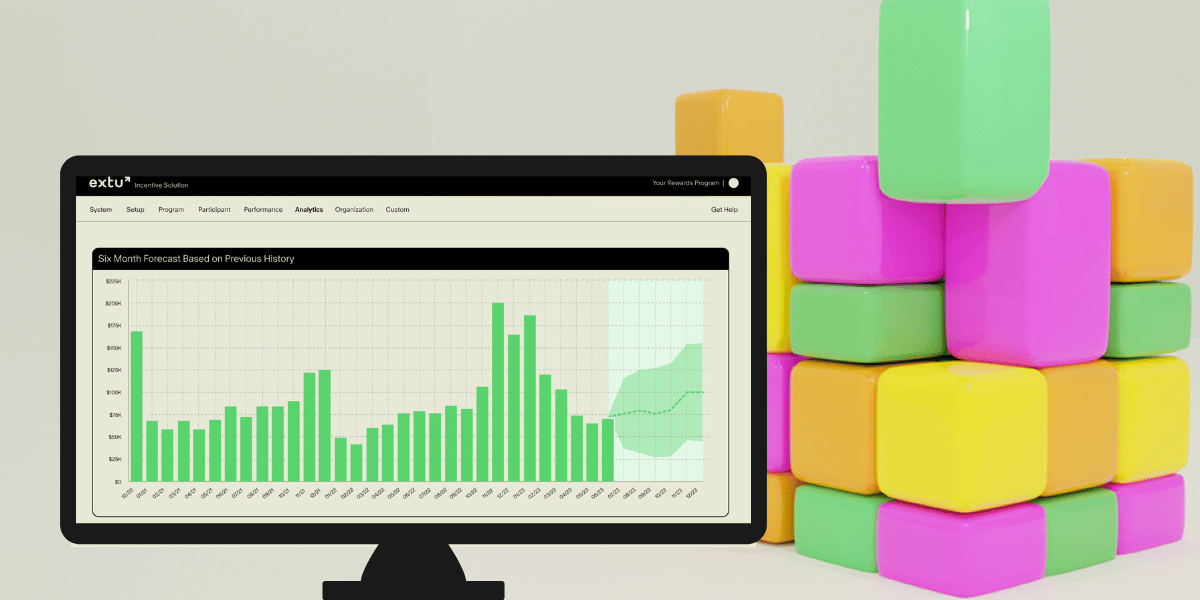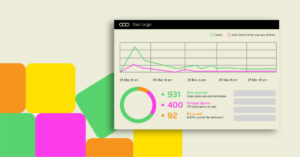For businesses who sell through a distribution channel, it’s crucial to have good relationships with channel partners. Because channel partners are focused on their own businesses’ goals, manufacturers need to use mutually beneficial approaches if they want to influence partner behaviors. That’s why incentive programs are so effective in channel environments. It’s a win-win strategy for manufacturer brands to motivate channel partners. Implementing and running incentive programs is called incentive program management. The most successful channel incentive programs are steered by informed, data-based, and dynamic incentive program management strategies.
Benefits of Incentive Programs
Incentive programs can improve partner relationships by introducing an incentive (or reward) for partners to complete desired behaviors. Partners are more likely to engage actively when rewarded, leading to increased collaboration and mutual success.
- Motivation: Incentive programs motivate partners to achieve goals.
- Engagement: Partners feel valued and appreciated, fostering a positive relationship dynamic and greater brand affinity.
- Alignment: By aligning partner interests with organizational objectives, incentive programs ensure the entire channel is working towards common goals.
- Performance: Encouraging top performance through incentives can lead to enhanced productivity and ultimately greater business success.
- Insights: Incentives can motivate channel partners to submit more customer and sales data, which helps brands build more effective sales and marketing strategies.
- Collaboration: Incentive programs provide more opportunities for manufacturers and brands to work together, which helps build trust and improved collaboration.
Components of Effective Incentive Programs
Effective incentive programs consist of several key components to ensure success:
- Clear Objectives: Clearly defined goals for the incentive program are essential.
- Relevant Incentives: Incentives should be meaningful and appealing to the partners involved.
- Transparency: Open communication and transparency about the program’s rules and rewards build trust.
- Timely Rewards: The faster you reward partners, the bigger the impact on desired results.
- Performance Tracking: Monitoring and evaluating the program’s effectiveness help in making necessary adjustments for better results.
Strategies for Successful Incentive Program Management
Successful program management is crucial for the effectiveness of your incentive programs. To ensure your partner relationships thrive, consider the following strategies:
- Clearly define program objectives to establish a shared understanding of goals.
- Develop a detailed timeline to keep all parties on track and accountable.
- Communicate consistently and transparently with your partners to foster trust.
- Regularly evaluate and adjust your program based on feedback and performance metrics.
Implementing these strategies can help you transform your partner relationship dynamics positively.
How to manage an incentive program depends on the size of the target audience, the duration of the incentive plan, funding, and available manpower, companies can:
- Spread the responsibilities across current employees (i.e. leadership);
- Hire one or more employees whose sole job is to build and manage the program; or
- Outsource program management to an incentive program provider.
The beauty of an incentive strategy is that there is no right way to go about it, and no two incentive programs look alike. There are, however, ways to streamline the incentive management process, which is why we are giving a sneak peek into how our program managers get the job done.
How to Manage an Incentive Program: The Structure
Here at Extu, our Senior Account Managers have over 10 years of experience. Their goal: to serve as a natural extension of your brand. They are ROI-certified to make sure that your investment is providing the best possible return, and that your program stays on track. Even better, we provide an entire team dedicated solely to customer assistance, answering any and all questions your participants may have.
We’ve broken down how to manage an incentive program into six steps, from planning and launch to review and analysis.
Step 1: Program Onboarding and Setup
Join your Account Manager for a kickoff meeting, where we’ll go over program strategy, discuss your budget and payment structure, and review branding ideas for your incentive program management platform. We can review your program’s potential ROI to determine the most important program goals.
Step 2: Creative Design and Enrollment
We design your reward program management platform, set up your enrollment method, and create a program communication calendar. This ensures the right people are enrolled in your program and that you’re getting the right data during registration. We also offer custom coding from our in-house incentive software developers to make sure your brand image is seamless.
Step 3: Data Reporting and Program Structure
Here is where we start building your program. Together, we’ll design promotions, build out your add-on modules, confirm award structure, upload participants, and review data templates to make sure you’re getting the data you need.
Step 4: Program Testing and Training
There are two sides to each reward program: the administrative side and the participant side. We will activate your admin account and train your internal admins. Next up is the program review, where we’ll demo the current concept and add any additional finishing touches.
Step 5: Launch!
Arguably the most exciting, yet intense time, we are there with you every step of the way to make sure your program launches without a hitch. This is when we focus on ensuring that the user experience is performing well, and we address any technical problems involving registration for your participants. You only get one chance to make a first impression, and our customer care team is ready to help your participants enroll and get your program off the ground.
Step 6: Program Review
Data analysis and program review are the best way to keep your program on track to achieve its goals. With over 60+ available reports and experienced account managers, we can locate trouble spots and shift gears if the original plan isn’t as effective as intended. Be it performance, communication tactics, and the effectiveness of your marketing dollars, we gauge your current metrics and offer fast-working, proven solutions.
The Incentive Program Lifecycle
Another way of looking at an incentive program is to consider its “lifecycle.” After the introduction phase of setting the program up, you enter into the growth, maturity, and decision phases—all with their own sets of priorities and objectives as you manage your program according to its progress.

Monitoring and Measuring Program Performance
To effectively manage an incentive program, it is crucial to continuously monitor and measure its performance. This involves regularly tracking the program’s outcomes and results to ensure that it is achieving its intended goals. By monitoring and measuring program performance, you can identify any areas that may need improvement or adjustment to optimize the program’s impact. Key steps in monitoring and measuring program performance:
- Track participant engagement and satisfaction levels
- Analyze the program’s impact on partner relationships
- Assess the effectiveness of different incentive strategies
- Evaluate the overall return on investment (ROI) of the program
Looking for More Incentive Program Tips?
Check out these resources below for more incentive management strategies:
- How to Create Incentive Programs
- Choosing an Incentive System
- How to Prove B2B Customer Loyalty Growth




